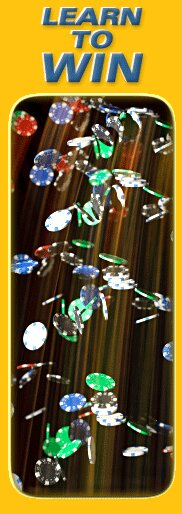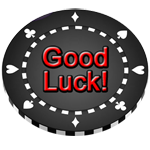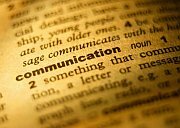Roulette Signatures
by Frank Scoblete
Let’s explore the possibility of Roulette Signatures at Learn Roulette Wheel Program.
Dealers get into a rhythm. They pick up the ball from the pocket where it last hit the same way each time. They then spin it the same way each time, with the same force. Thus, the ball will spin the same number of spins and should land the same number of pockets away from the last spin.
This unconscious ability or trait to place the ball, not so much in a given section, but a given distance from the last hit is called dealer signing or a dealer roulette signature.
Experts have lined up on either side of the dealer roulette signatures issue -- some yea, some nay. Essentially, it boils down to a matter of belief. Some experts believe that some dealers unconsciously do this; other believe there is no consistency to the distance that the ball travels from one spin to the next and, with the changing rotor spin over time, it would be impossible to achieve consistency anyway.
However, roulette signatures is an interesting concept. Of course, if one could follow a thousand dealers and record their spins over thousands of decisions, it might be possible to determine once and for all whether the signature idea is a myth or a reality.
To this date, we know of no such extensive study as this.
Since we are looking for an unconscious ability that these dealers might have, we wouldn’t want them to know that we are studying them because that would affect their spins.
Once dealers realized that we were looking at them specifically, they would become highly conscious of what they were doing. If any roulette signature existed with such a dealer, their awareness of their spinning technique would very quickly erase whatever signature they had.
Now, wouldn’t a biased-wheel watcher also affect a dealer’s spin?
(A biased wheel is one with a physical defect of some type that causes certain numbers to appear out of proportion to their probabilities.) Yes. Certainly, a dealer would eventually become aware of someone standing near his table recording thousands of spins to ascertain whether the wheel was biased. But, in truth, none of this would matter.
The bias is in the wheel itself and had nothing to do with the dealer.
The other way to look at it is that dealer roulette signatures must necessarily vary as the wheel speed slows down over time. The dealer might spin the ball the same way time and again but with each ball-spin, he is playing into a fractionally different wheel-spin.
Thus, dealer signatures would move slowly around the wheel as the wheel itself slowed.
When the wheel was respun and thus accelerated, you would see the same patterns as last time. You would have to then analyze the pattern of the signature -- a complicated task. Still, if dealer signatures exist, certainly they would be exploitable in long and short-term play, especially short-term play as the gradual slowing of the wheel’s spin would not affect the signature quite so drastically.
If it doesn’t exist, it can’t hurt us -- since it isn’t increasing the house edge against us.
Looking at the double-zero roulette wheel, let us say that on spin number one the dealer picks the ball up from the 00 pocket and spins it so that it winds up in the 12 pocket, five pockets away.
On his next spin, he picks the ball up from the 12 pocket and spins it so that it lands in the 6 pocket, five pockets away from the 12. Finally, on this third spin, he lands it in the 23 pocket -- another five pockets away.
The dealer’s signature here would be five.
Of course, three spins of the wheel is not enough to determine without a doubt about dealer roulette signatures. Since the last number that hit was 23, we would now bet on 9 -- five pockets away.
In the best of all possible worlds, the dealer would again spin the ball in such a way that it would land in our 9 -- five pockets away.
In the real world, we would never see a perfect signature.
What we would want to find is a dealer who places the ball more than a third of the time within a 12 pocket grouping an average distance away.
Let us say that the dealer is able to hit a 12 number grouping, one half of the time. In this way, we would bet those 12 numbers (12 units), lose half the time (-12 units), win half the time because one of our 12 numbers hit (which means we lose 11 units on the numbers that didn’t hit) but win 35 units on the number that did hit for a net win of 24 units (35-11 = 24).
Therefore, in two spins we are ahead 12 units or six units per spin.
Thus, if the dealer were able to hit our 12 pockets three times every eight spins we would average 1.5 units per spin as a win (lose 12, lose 12, lose 12, lose 12, lose 12, win 35-11, win 35-11, win 35-11 = 12 units = +1.5 units per spin).
The dealer signature should be readily noticeable on a first reading!
Roulette Signatures leads to Roulette Methods: the Good and Ugly
OR
Return to Learn to Play Roulette Program
GT is attentive about getting the word out about our free programs, lessons and add-ons offered, however, we ask your assistance and consideration in promoting us.
Click link below that reads, "Enjoy this page? Please pay it forward. Here's how..." to add a link to your site, blog or personal page.
Tips, Terms & Wins
The smiling winner stated, "There were five accidents on the road and it took us more than 5 hours to get here. "The gods were looking after us" Her plans are for 2 new cars and to invest the remainder.





